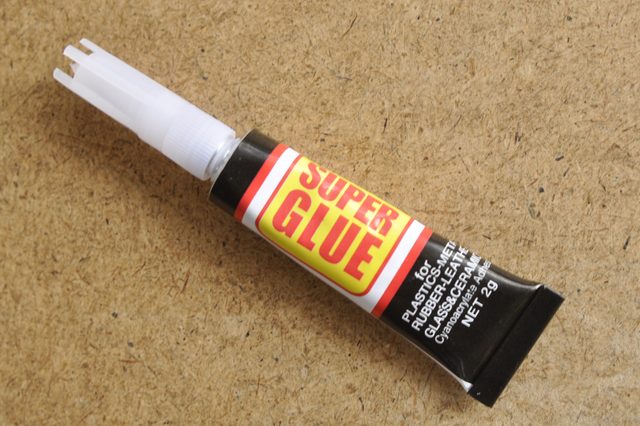Super glue, also known as cyanoacrylate adhesive, is a strong and fast-acting adhesive that is used in a variety of industries. But have you ever wondered how this amazing adhesive was invented? In this article, we will take a closer look at the history of super glue and how it was invented.
The Origins of Super Glue

The origins of super glue can be traced back to World War II. During this time, a team of scientists at Eastman Kodak was working on developing clear plastic gun sights for the military. They discovered a substance called cyanoacrylate, which was incredibly sticky and difficult to handle.
Despite its challenging properties, the scientists recognized the potential of cyanoacrylate as an adhesive. They continued to experiment with the substance, eventually discovering a way to stabilize it and make it easier to use.
In 1951, Eastman Kodak introduced the first commercial version of cyanoacrylate adhesive, which was marketed as "Eastman 910". While it was initially used in the industrial sector, it wasn't long before the public began to take notice of this incredible adhesive.
The Rise of Super Glue

As word began to spread about the strength and versatility of cyanoacrylate adhesive, more and more people started using it for various applications. In the 1960s, a new version of the adhesive was introduced, which was specifically designed for household use.
This new version of the adhesive, which was marketed under the name "Super Glue", quickly became popular among homeowners and DIY enthusiasts. Its ability to bond almost any material quickly and securely made it a valuable addition to any toolbox.
The Science Behind Super Glue

So, how does super glue work? The answer lies in the chemical properties of cyanoacrylate adhesive. When cyanoacrylate comes into contact with moisture, it undergoes a chemical reaction that causes it to harden and bond to the surrounding material.
This process happens incredibly quickly, which is why super glue is such a fast-acting adhesive. However, it also means that it can be difficult to work with if you don't take the proper precautions.
Tips for Working with Super Glue

If you're planning on using super glue for your next project, there are a few things you should keep in mind. First and foremost, always wear protective gloves and eye gear to avoid getting the adhesive on your skin or in your eyes.
You should also make sure to work in a well-ventilated area, as the fumes from the adhesive can be dangerous if inhaled. And always read the instructions carefully before using the adhesive, as different versions may have different application methods.
The Future of Super Glue

As technology continues to advance, it's likely that we will see new and improved versions of super glue hitting the market. Scientists are already working on developing adhesives that can bond to wet surfaces and even repair internal organs.
So, while the origins of super glue may be rooted in World War II, its potential uses are far-reaching and exciting. Who knows what the future holds for this incredible adhesive?